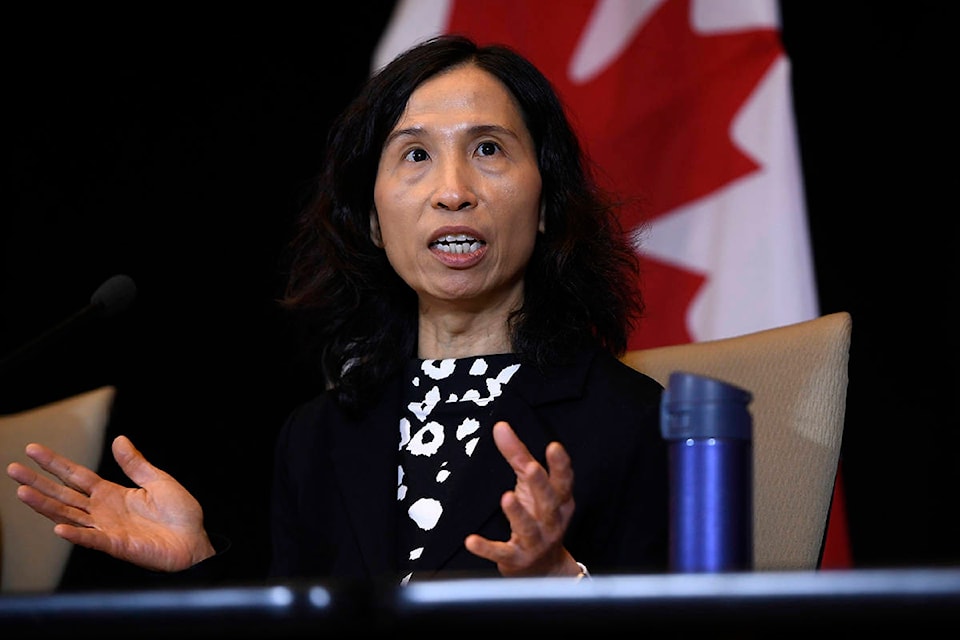The first Canadian patient diagnosed with coronavirus began showing signs of illness on the plane that brought him back from the disease’s epicentre, the country’s chief public health officer said Sunday as she stressed that the risk of future infection is low.
Dr. Theresa Tam said the man in his 50’s, currently in stable condition in a Toronto hospital, showed mild symptoms on the flight that brought him back to Canada from China earlier this week.
Tam said authorities are now working to help track some of his fellow passengers, but said the case demonstrates that the country’s public health protocols are working.
“The patient has been managed with all appropriate infection and prevention control protocols, so the risk of onward spread in Canada is low,” Tam said at a morning news conference in Ottawa. “Nevertheless it would not be unexpected that there will be more cases imported into Canada in the near-term given global travel patterns.”
Tam said the Ontario patient did not report his flu-like symptoms upon first landing in Toronto, but did share his recent stay in Wuhan with first responders when he sought medical help the next day. Paramedics and hospital staff took all necessary precautions.
Federal Health Minister Patty Hajdu said that sequence of events shows current systems are working as intended.
“For me that is a sign that the information provided at the border did, in fact, percolate through to the patient and his family,” she said.
The man remains at Toronto’s Sunnybrook Hospital, where Ontario health authorities said he’s being held in a negative-pressure room used to contain airborne illnesses. The case is “presumptive positive” until the National Microbiology Lab in Winnipeg finds the same positive results as the tests conducted in Toronto.
Despite her concession that future Canadian cases are expected, Tam said the risk of human-to-human contamination is minimal, even for those who may have shared a flight or been in the airport alongside the Toronto patient.
“People transmit when they’re in close contact, particularly prolonged contact,” she said. “It’s really family members travelling with the patient who are at the highest risk.”
She said federal authorities, together with Toronto Public Health, will be reaching out to those who were in closest proximity — within a two-metre radius — to the man to ensure they have all necessary information.
The news of Canada’s first coronavirus patient comes as authorities around the world grapple with the new type of virus, which originated in China but has since spread to Europe and North America.
Several countries, including the United States, have indicated plans to evacuate diplomats and visitors from Wuhan where the virus is most rampant. Hajdu said Canada is not taking any such immediate steps.
There are nearly 2,000 global cases so far, including three in France and three in the United States.
While 56 people have died of the virus in China — most of the deaths have been older patients — the World Health Organization has not declared the outbreak an international public health emergency.
Coronaviruses are a large family of viruses, some of which cause the common cold. Others have evolved into more severe illnesses, such as SARS and MERS, although so far the new virus does not appear to be nearly as deadly or contagious.
